Ever wondered how shipping containers stack and how they remain safe and stable? The answer is mostly down to their clever design and the skill of those stacking them. Careful consideration of their weight and contents is taken into consideration to ensure safety.
A Sure Foundation
To begin with, when shipping containers are stacked on a cargo ship, they are fixed to the deck by twist locks. These locks are part of the container’s construction and act as anchors to keep them securely in place. Lashing rods and turnbuckles are also used for added security.
Following this, the middle or higher containers of the same size are lowered on top of the base containers. An automatic twist lock slots into place on the container beneath as it is lowered, securing the middle layer.
Cells or vertical rails will also be used to add additional support and inhibit the containers from sliding or moving during transport. Correct and safe stowage takes careful planning and assessment of the cargo within the containers and should not be undertaken without expert advice.
How High Can They Be Stacked?
Before advancements in locking mechanisms, only around 5-6 containers could be stacked safely on top of one another. These days it is possible to stack them as high as 10 or 12 containers. How many you can safely stack depends on the mode of transport of where they will be stored. On cargo ships, they are often stacked 10 deep, when freighted by land, they are rarely stacked.
Despite these advanced locking mechanisms, shipping containers can still move. When at sea, harsh weather conditions and large swells have led to the loss of hundreds of containers each year.
For help with all things containers, from storage to freight, hire, sales, modifications or safe stacking advice, contact Shipping Containers today on 1800 006 162.

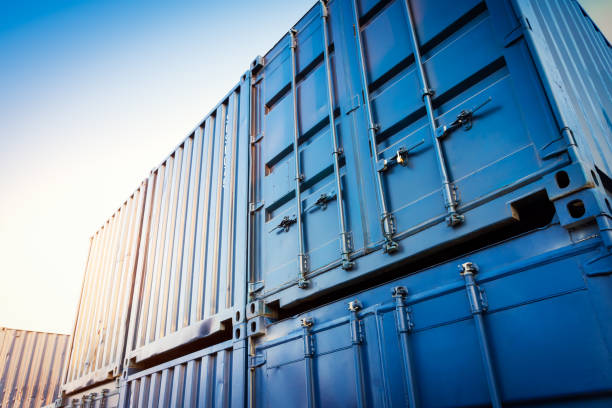

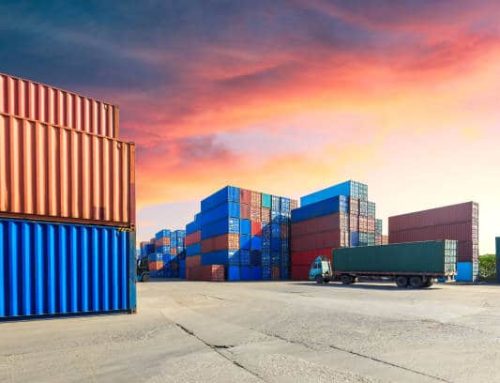
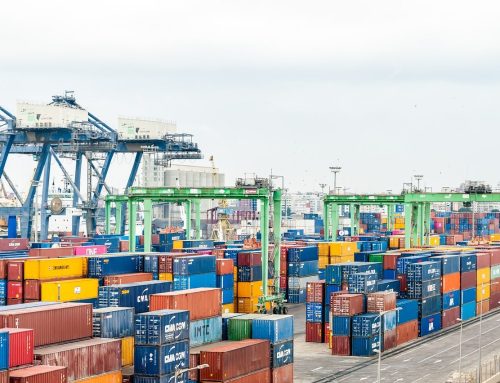
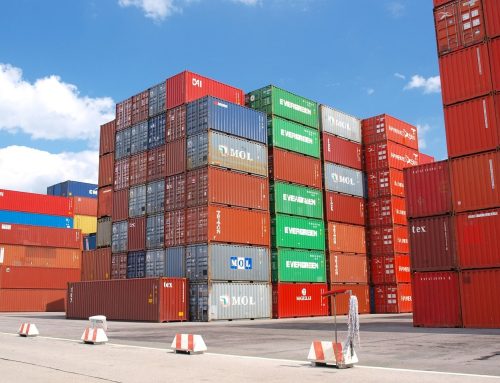
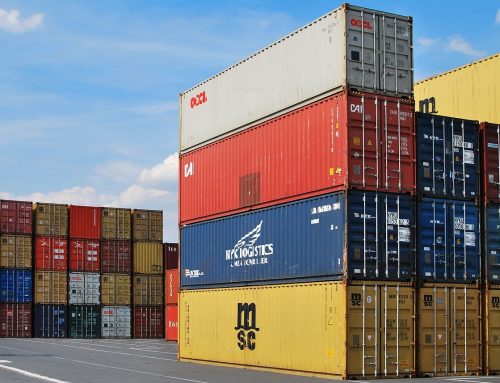
Leave a Comment